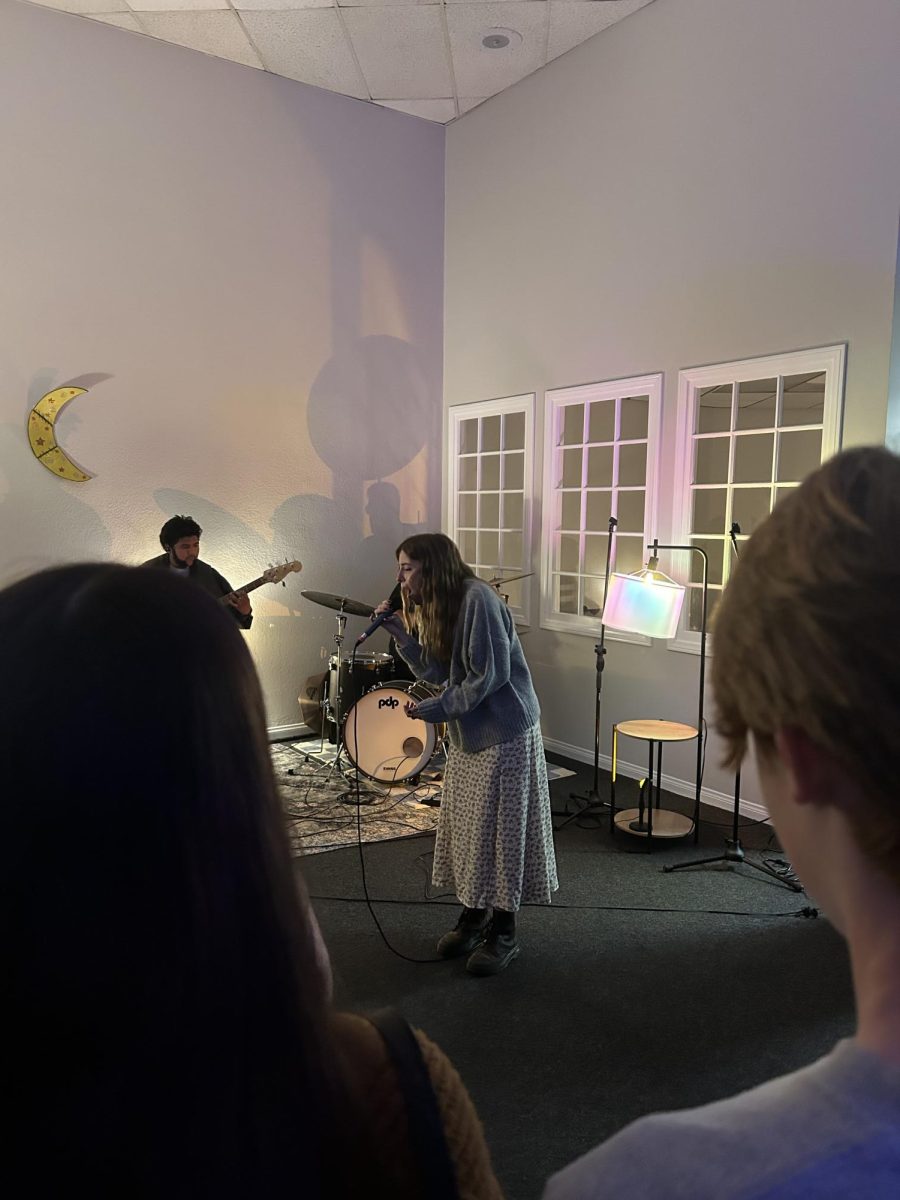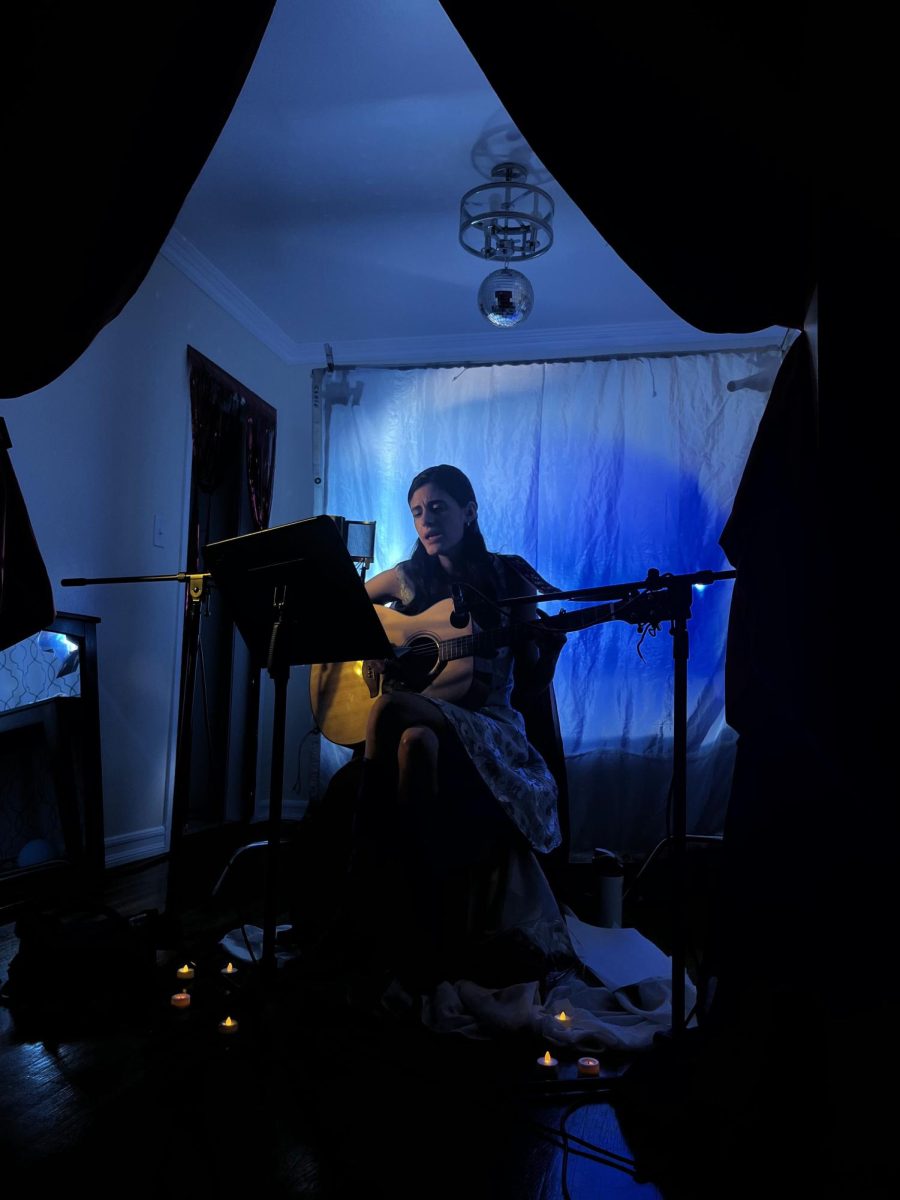On the evening of April 23, the Biola Vocal Area presented nine individual opera scenes at the Lansing Recital Hall. These scenes were from a variety of historical dramatists and composers such as Mozart, Puccini, Strauss and Gilbert & Sullivan.
The event was titled “Sweet Sorrow: Encounters & Farewells in Opera.” The title, according to Director San-Ky Kim, represents the human experience of meeting and parting. The opera scenes shown were intended to depict such points of human contact and explore what we humans do with them.
“What are we doing with such precious human contacts?” Kim said. “Are we aiming for restoration? Or are we utilizing them for personal greed? Operas depict those juxtapositions, dramatically and musically.”
The performers, some of them taking on multiple roles, elicited a wide range of emotions: from uncertainty and sorrow to lighthearted whimsy. Here are a few selected scenes from the night.
HIGHLIGHTS
The first scene of the night was “Nedda! Silvio!” which comes from the Italian realism opera “Pagliacci” by Ruggiero Leoncavallo. The story is about a travelling circus troupe in 19th century rural Italy. The scene, set in the evening, focuses on Nedda (performed by Jessica Moses), the wife of a circus clown and her lover Silvio (performed by Jonathan Rico) who wants to elope with her that very night. The entire scene is a rollercoaster of tension as a desperate Silvio attempts to win Nedda’s love, while Nedda’s uncertainty makes her fluctuate between rejecting Silvio or running away with him. It’s punctured by thunderous arguing between the two lovers, but eventually settles into a soft melody as Nedda agrees to run off with Silvio.
There was also a recreation of the scene “Finale” from the one-act opera “Suor Angelica” by Giacomo Puccini. This scene, which is the finale of the opera, is centered on Sister Angelica (played by Jesenya Rivera-Puls), who has been informed that her inheritance is being given away, and that her child (performed by Sophia Adams) has died several years ago. She finds herself in a state of distress as she looks to the cross, but receives no divine sign. She’s angry, hurt and confused as she paces and angrily sings until eventually, she resolves to poison herself. But in doing so, she realizes that she has committed a mortal sin. As she slowly dies, she cries for forgiveness as a heavenly choir begins singing around her. Black prop walls enclose her in a claustrophobic grasp, portraying a grim diminishing of life. Eventually, the stage turns to a bright white, and she wakes up in heaven as her child comes up to her and clothes her in robes of white, signifying redemption has been given.
After an intermission, the remaining opera scenes took a turn from dark, heavy themes and into more lighthearted and joyful attitudes. The final scene of the night was a prime example of this. “Ice Cream Sextet,” a scene from the American opera “Street Scene” by Kurt Weil, has seven characters from a Brooklyn neighborhood gathered around an ice cream cart. It’s often assumed that opera is a very dramatic art, but the “Ice Cream Sextet” begs to differ. The diverse cast of Jewish, Italian and Irish immigrants sing together about one topic alone—ice cream. They dance and flirt and sing as they all enjoy ice cream together in community and take a break from everyday struggles. In one moment, the performers even run down the stage and flaunt their ice cream cones to the audience, all the while they chaotically sing over one another.






